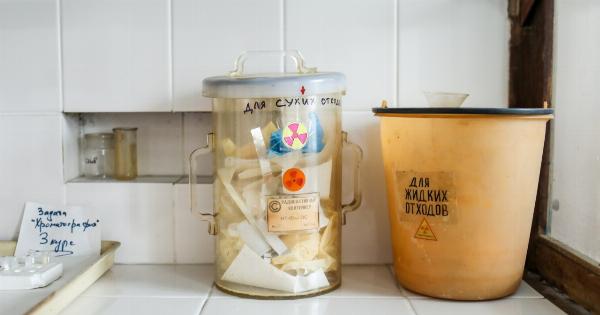Chimeric antigen receptor T-cell (CAR-T) immunotherapy has emerged as a promising approach to treat cancer in recent years. CAR-T cells are engineered T-cells that are designed to recognize and destroy specific cancer cells in the body.
The therapy has shown remarkable success rates in patients with B-cell malignancies such as leukemias and lymphomas, leading to long-term remission in some cases. This article provides an overview of the long-term remission of leukemia in patients treated with CAR-T immunotherapy.
The CAR-T Immunotherapy Process
The CAR-T immunotherapy process involves several steps, including:.
- Collecting T-cells from the patient’s blood
- Engineering the T-cells in a lab to express a chimeric antigen receptor (CAR) on their surface
- Expanding the CAR-T cells in a lab
- Infusing the CAR-T cells back into the patient’s body
Once infused, the CAR-T cells recognize and destroy cancer cells that express the antigen targeted by the CAR. The therapy has been shown to be effective in patients with relapsed or refractory B-cell malignancies.
Long-Term Remission Rates
Several clinical trials have shown that CAR-T immunotherapy can lead to long-term remission rates in patients with leukemia.
For example, a study published in The New England Journal of Medicine found that 52% of patients with relapsed or refractory B-cell acute lymphoblastic leukemia (ALL) who received CAR-T therapy with tisagenlecleucel achieved complete remission lasting at least 1 year. Another study published in Blood Advances found that 70% of patients with B-cell ALL who received CD19-specific CAR-T cell therapy achieved complete remission lasting more than 2 years.
Factors Affecting Long-Term Remission
Several factors can affect the long-term remission rates of leukemia in patients treated with CAR-T immunotherapy. These include:.
- Disease status before CAR-T therapy: Patients with a lower disease burden before therapy tend to have higher long-term remission rates
- Type of leukemia: Different types of leukemia have different response rates to CAR-T therapy
- CAR-T cell persistence: The longer the CAR-T cells persist in the body, the higher the chances of long-term remission
- Disease relapse: Patients who experience disease relapse after achieving remission have lower long-term remission rates
CAR-T Therapy vs. Traditional Leukemia Treatments
CAR-T immunotherapy has shown higher remission rates compared to traditional leukemia treatments such as chemotherapy and stem cell transplantation.
A study published in the Journal of Clinical Oncology found that patients with relapsed or refractory B-cell ALL who received CAR-T therapy had significantly higher remission rates compared to those who received chemotherapy or stem cell transplantation. The study also found that the CAR-T therapy had a lower risk of relapse and higher survival rates.
Side Effects of CAR-T Immunotherapy
Although CAR-T immunotherapy has shown promising results, it can also have severe side effects.
The therapy can cause cytokine release syndrome (CRS), which is a severe immune reaction that can cause fever, low blood pressure, and potentially fatal multi-organ dysfunction. CAR-T therapy can also cause neurologic toxicity, which can lead to seizures, confusion, and other cognitive impairments. The severity of these side effects varies depending on the patient’s condition and the type of CAR-T therapy used.
Conclusion
CAR-T immunotherapy has shown remarkable success rates in patients with relapsed or refractory B-cell malignancies such as leukemia.
The therapy can lead to long-term remission rates in some cases, providing hope for patients who have exhausted traditional treatment options. Although CAR-T therapy has severe side effects, ongoing research is focused on improving the safety and efficacy of the therapy.
As the field of CAR-T immunotherapy continues to evolve, it has the potential to transform the treatment of leukemia and other types of cancer.




























